Описание
Введение
Купон коррозии на трубопроводах - это простой, но эффективный инструмент, используемый в промышленном секторе для мониторинга скорости коррозии в различных ситуациях. Это небольшой стандартизированный кусок металла, который указывает на материалы системы и подвергается тем же условиям окружающей среды, что и система, которую она контролирует. Купон проверяется и регулярно взвешивается, чтобы определить потерю материала из -за коррозии в течение определенного периода, предоставляя жизненно важную информацию о коррозийной активности в системе.
Коррозионные купоны представляют собой небольшие стандартизированные металлические биты, используемые для мониторинга и измерения скорости коррозии в трубах в различных отраслях промышленности. Они вставляются непосредственно в систему трубопровода, подвергаются тем же условиям в течение определенного количества времени, а затем оцениваются. Потеря веса и физические изменения, отмеченные на купонах, предоставляют информацию о коррозовности трубопроводной среды. Эта информация имеет решающее значение для принятия обоснованных решений о технике обслуживания трубопроводов, методах предотвращения коррозии и целостности системы, что помогает снизить затраты и безопасность эксплуатации.
Важность мониторинга коррозии на трубопроводах
Коррозия в трубопроводах является значительной проблемой из -за его потенциала для компромисса эксплуатационной эффективности, повышения затрат и рисков безопасности. Коррозия может привести к ухудшению трубопровода, вызывая утечки, разрывы или даже полное сбой системы, что не только нарушает операции, но также требует дорогостоящего ремонта или замены. Помимо прямых затрат на ремонт, сбои, связанные с коррозией, могут привести к существенным косвенным затратам, таким как время простоя эксплуатации, очистка окружающей среды, потенциальные юридические обязательства и регулирующие штрафы. Эти риски безопасности повышаются для трубопроводов, несущих опасные материалы из -за потенциала загрязнения окружающей среды, пожаров, взрывов или других несчастных случаев. Следовательно, регулярный мониторинг и управление коррозией имеют решающее значение для поддержания безопасности трубопровода и эксплуатационной эффективности.
Понимание коррозионных купонов
Как коррозионные купоны работают на трубопроводах
Коррозионные купоны - это научно разработанные устройства, используемые в нефтегазовой, газовой и водоснабжной промышленности для оценки скорости ухудшения металлов, также известных как коррозия, в рамках трубопроводных систем. Обычно это стандартизированные металлические полоски, диски или стержни, изготовленные из того же материала, что и трубопровод. Процедура использования купонов коррозии включает прикрепление их непосредственно к системе трубопроводов. Таким образом, они подвергаются воздействию идентичных переменных окружающей среды в качестве трубопровода, включая составляющие жидкости, температуру, давление и скорости потока. Эта экспозиция гарантирует, что коррозия, испытываемая купоном, является точным представлением коррозийных условий в трубопроводе.
После заранее определенного периода воздействия купоны отделяются от трубопровода для тщательного анализа. Это включает в себя точное взвешивание купонов до и после воздействия, чтобы определить потерю веса, существенный индикатор количества металла, коррозированного в течение указанного периода. Помимо потери веса, купоны тщательно осматриваются на предмет физических изменений. Они могут включать в себя ямку, форму чрезвычайно локализованной коррозии, что приводит к созданию небольших отверстий или полостей на поверхности или общего износа. Каждая форма физического изменения передает конкретную информацию о типе коррозии, обеспечивая решающую информацию о коррозионных условиях в трубопроводе.
Анализируя потерю веса и физические изменения купонов коррозии, может быть выведена точная оценка скорости и типа коррозии, возникающей в трубопроводе. Эти данные жизненно важны для разработки точного мониторинга коррозии и смягчения, что обеспечивает тем самым операционную устойчивость систем трубопроводов.
Виды коррозии на трубопроводе
Купоны на стриптиз на трубопроводе являются наиболее часто используемым типом коррозионного купона, в основном из-за их большого соотношения площади поверхности к объему. Эта характеристика делает их особенно полезными для наблюдения и оценки общей скорости коррозии. Эти купоны, обычно прямоугольные, обеспечивают широкую и равномерную площадь для коррозии. Обширная площадь поверхности способствует более усредненной скорости коррозии по сравнению с купоном, что может быть репрезентативным для общей скорости коррозии в трубопроводе. Кроме того, простота купонов на полосах обеспечивает легкую установку и удаление, что еще больше способствует их популярности в мониторинге коррозии.
Цилиндрические или стержневые купоны на трубопроводе служат конкретной цели в мониторинге коррозии. Они в основном используются в системах, где присутствуют условия потока. Цилиндрическая форма этих купонов имитирует внутреннюю поверхность трубопровода, что позволяет получить более точное представление о том, как коррозия будет происходить в реальных условиях трубопровода. Это делает их особенно эффективными для изучения влияния скорости жидкости и турбулентности на скорость коррозии. Моделируя те же условия, что и внутренняя поверхность трубы, палочки могут помочь понять влияние динамики потока на процессы коррозии, обеспечивая ценную информацию для управления коррозией.
Диск или плоские купоны на трубопроводе часто используются, когда существует необходимость изучения воздействия различных материалов или покрытий в одинаковых условиях. Эти купоны, как правило, плоские и круглые, предлагая компактную поверхность для коррозии. Они часто используются при тестировании новых материалов или защитных покрытий для трубопроводов, обеспечивая контролируемую среду для сравнительного анализа. Сравнивая скорости коррозии на купонах с различными или составленными дисками в тех же условиях, исследователи могут получить жизненно важную информацию о производительности и пригодности различных материалов или покрытий для конкретных применений трубопровода.
Материалы, используемые в коррозионных купонах на трубопроводах
Состав материала коррозионного купона на трубопроводе является важным фактором в его функциональности и надежности. Купоны специально изготовлены из тех же материалов, что и трубопроводы, которые они предназначены для контроля. Эта конгруэнтность в материале гарантирует, что купоны добросовестно отражают поведение трубопровода в коррозионных условиях, обеспечивая точное описание коэффициента коррозии трубопровода.
Например, если трубопровод построен из углеродистой стали, соответствующий купон коррозии также должен состоять из углеродистой стали. Это материальное однородность жизненно важна, поскольку обеспечивает процессы коррозии, которые происходят на купонах, являются репрезентативными для тех, кто происходит на фактическом трубопроводе. Примечательно, что этот принцип применяется ко всем типам материалов, используемых в конструкции трубопровода, независимо от того, являются ли они различными сортами стали, меди, латуни или других металлов.
Кроме того, когда трубопроводная система включает в себя различные материалы - скажем, из -за ремонта или модернизации - соответствующие купоны коррозии должны отражать эти изменения. Это может включать использование нескольких купонов, сделанных из разных материалов в одной и той же системе трубопроводов. Таким образом, купоны могут предоставить комплексные данные о скорости коррозии различных материалов в одних и тех же условиях эксплуатации.
В дополнение к базовому материалу, любые покрытия или обработки, применяемые к трубопроводу, также должны быть воспроизведены на купонах. Если трубопровод покрыт определенным антикоррозионным слоем, коррозионный купон должен иметь одинаковое покрытие. Это позволяет оценить эффективность покрытия с течением времени и при тех же условиях, что и фактический трубопровод.
Следовательно, применение материалов при создании купонов коррозии играет ключевую роль в обеспечении точного, надежного и комплексного мониторинга коррозии в трубопроводных системах. Это внимание к деталям помогает предоставить точные данные, что, в свою очередь, облегчает разработку упреждающих и эффективных стратегий технического обслуживания для трубопроводной инфраструктуры.
Установка коррозионных купонов на трубопроводах
Установка купона коррозии на трубопроводах
Купоны на коррозию обычно помещаются в держатель купонов, который затем вставляется в стойку для купонов, прикрепленную непосредственно к трубопроводу. Эту процедуру следует выполнять с осторожностью, чтобы гарантировать, что купон правильно расположен и подвергается тем же воздействиям, что и трубопровод. Держатель купона позволяет легко вставлять и извлекать купон, не выключая всю систему.
Получение купонов коррозии для анализа
Купоны на коррозию на трубопроводе обычно извлекаются для анализа после заранее определенного периода воздействия, который может варьироваться от нескольких недель до года, в зависимости от прогнозируемой скорости коррозии и отраслевых норм. Купон необходимо аккуратно извлечь из держателя и очистить от продуктов коррозии. После этого купон взвешивается для определения потери веса, которая используется для расчета скорости коррозии. Кроме того, купон можно проверить на наличие признаков локальной коррозии, например точечной коррозии, что может предоставить дополнительную информацию о коррозионной активности в трубопроводе.
Преимущества коррозионных купонов на трубопроводах
Купоны коррозии на трубопроводах предлагают значительные затраты. Они относительно экономичны для производства и установки, что делает их доступным методом для обычного мониторинга здоровья трубопроводов. Кроме того, их способность выявлять коррозию на раннем этапе помогает предотвратить дорогие сбои трубопровода и продлевает срок службы инфраструктуры, что дает существенную долгосрочную экономию.
Реализация коррозионных купонов на трубопроводах способствует продлению срока службы трубопроводов. Они предлагают точные данные о показателях коррозии и типах, способствуя упреждающему обслуживанию и точному управлению коррозией. Это допускает своевременные вмешательства, такие как применение ингибиторов коррозии или замена сегмента до возникновения значительного ущерба, следовательно, продление общей жизни и оптимизации отдачи инвестиций в инфраструктуру.
Наконец, коррозионные купоны на трубопроводах значительно повышают безопасность трубопроводов. Они выступают в качестве системы раннего предупреждения о эскалации коррозионной деятельности, которая может привести к утечкам трубопроводов или разрывам. Обеспечивая раннее обнаружение, могут быть предприняты соответствующие действия для предотвращения сбоев, тем самым повышая безопасность системы трубопровода. Это не только сводит к минимуму риск загрязнения окружающей среды, но и снижает опасности безопасности, связанные с утечками или сбоями в трубопроводе.
Заключение
Коррозионные купоны, используемые в трубопроводных системах, предлагают существенные экономические выгоды. Их затраты на производство и установку относительно минимальны, позиционируя их как экономически эффективное решение для последовательной оценки здоровья трубопровода. Кроме того, их способность идентифицировать коррозию в его начале облегчает предотвращение дорогостоящих неисправностей трубопровода и повышает долговечность инфраструктуры, что приводит к заметным долгосрочным финансовым преимуществам.
Интеграция коррозионных купонов в трубопроводные системы играет решающую роль в продлении оперативной жизни этих важных инфраструктур. Они предоставляют точные и подробные данные, касающиеся скорости коррозии и их конкретных типов, тем самым обеспечивая точное управление коррозией и упреждающее обслуживание. Этот подход, управляемый данными, позволяет своевременно инициативам, таким как применение ингибиторов коррозии или замена конкретных сегментов трубопровода до возникновения существенного повреждения. Результирующий эффект является расширением общей работы системы и максимизации доходности инвестиций в инфраструктуру.
Более того, использование коррозионных купонов в трубопроводах значительно поддерживает безопасность системы. Выполняя как механизм раннего обнаружения для повышения коррозионной активности, эти устройства могут предотвратить потенциальные утечки или разрывы в трубопроводе. Эта ранняя возможность обнаружения позволяет выполнять быстрые профилактические меры, тем самым повышая общую безопасность системы трубопровода. Это не только снижает вероятность загрязнения окружающей среды, но также снижает риски безопасности, связанные с утечками трубопровода или катастрофическими сбоями.

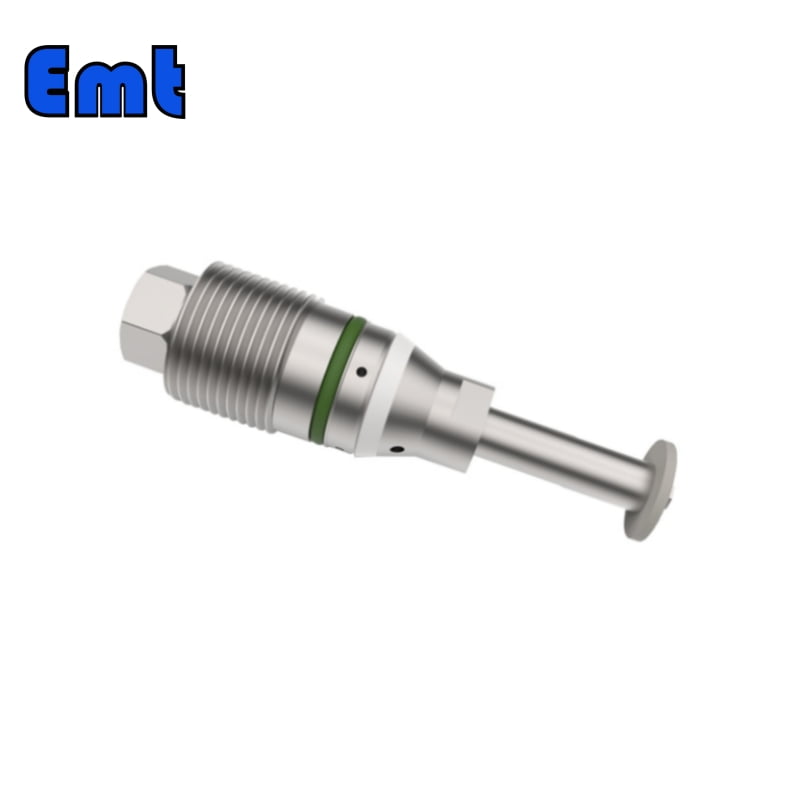
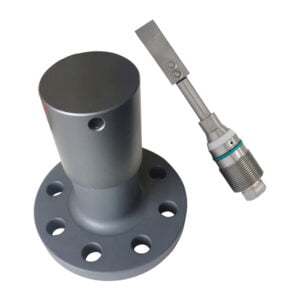
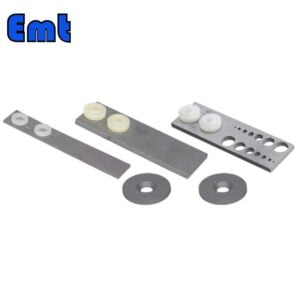
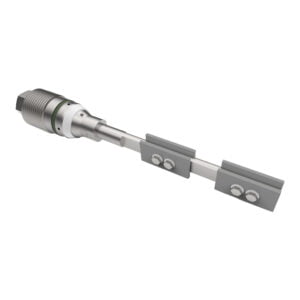
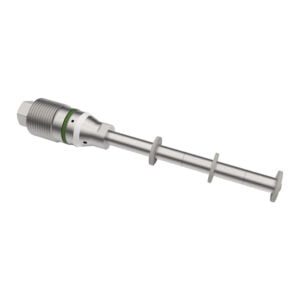
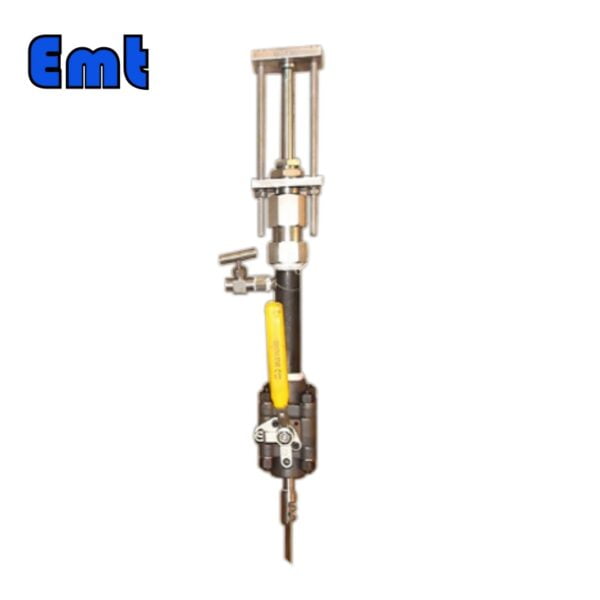
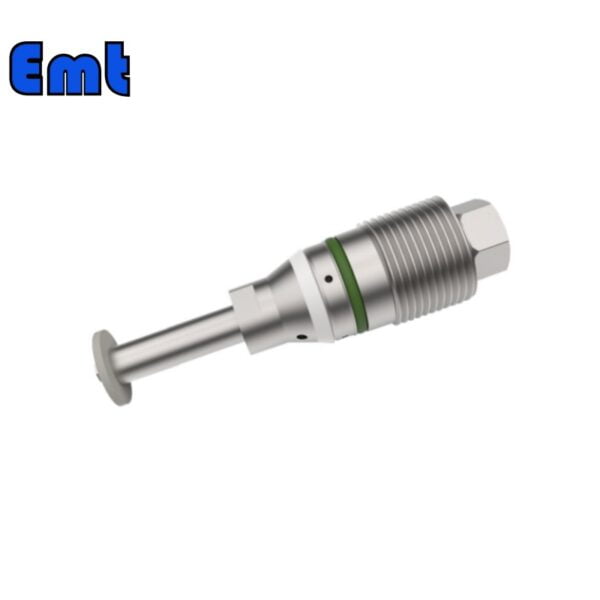
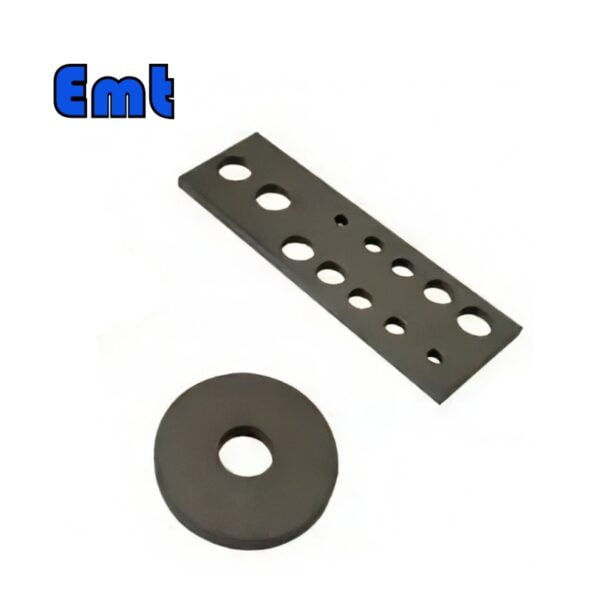
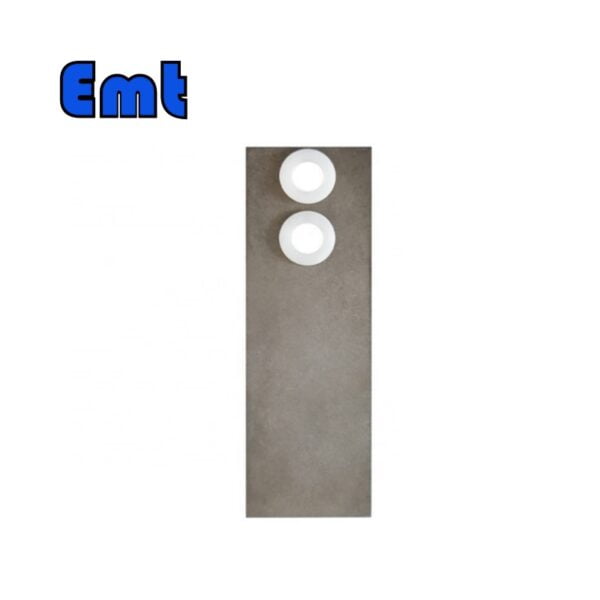
Отзывы
Пока нет отзывов.